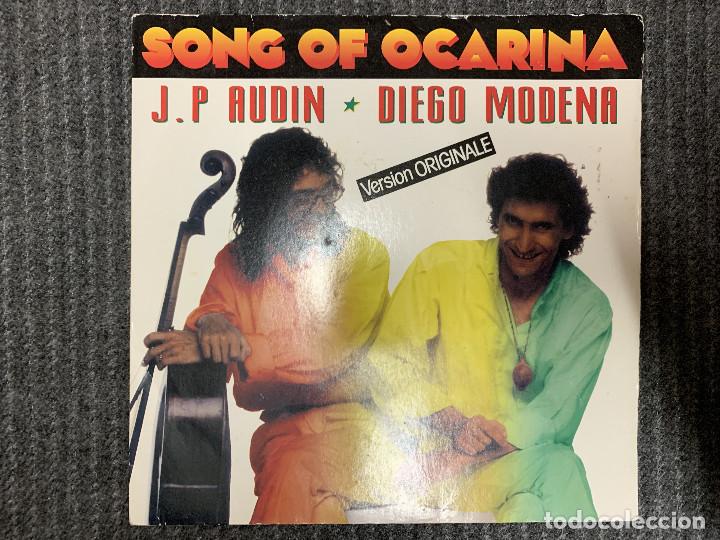

Photograph by Maria Lucia Lusetti and Paolo Tedeschi Terracotta-coloured rendering covers the walls of the ossuary cube. He later became the first Italian recipient of the Pritzker Prize in 1990. It was Rossi's first major public appointment and was to bring him fame outside Italy for the first time in his career, opening doors to projects in America, Japan and in other parts of Europe. The architect formulated his initial designs for the expansion of the cemetery with his colleague Gianni Braghieri. Related story The Dezeen guide to Postmodern architecture and design While he is better known for his built works, Rossi wrote for Italian architecture magazine Casabella throughout the later part of the 1950s and published texts on urban theory in the 1960s and 1990s. Rossi was born in Milan in 1931 and studied architecture at the city's polytechnic university, graduating in 1959. Buildings with steel blue roofs enclose the cemetery. Set within a courtyard on the outskirts of Modena, the ossuary is covered in terracotta-coloured render, while the perimeter buildings that enclose the courtyard feature steely blue roofs. Photograph by Diego TernaĪmerican architecture critic Charles Jencks, who defined the movement in his 1977 book The Language of Post-Modern Architecture, viewed Rossi as one of the leading Postmodernists and regarded the cemetery as the Italian architect's most important project.Īt the centre of Rossi's design is a cube-shaped ossuary for housing remains and a conical tower that marks a communal grave. Ossuary cube viewed from the cemetery courtyard. Rossi once declared that "I cannot be Postmodern, as I have never been Modern," yet his cemetery for Modena displays the strong colouring, bold form and historically referential detailing that became synonymous with the movement. Postmodern architecture: San Cataldo Cemetery by Aldo Rossi Buildings with steel blue roofs enclose the cemetery.The warm-toned facade of the ossuary contrasts the cool blue roofs of the surrounding buildings.Benches are positioned around the base of the cemetery walls.Concrete trusses are left exposed across the roof structure for the pitched-roof buildings that enclose the courtyard.


View from within the column-lined walkway.Regimented openings puncture the walls of the ossuary cube.Ossuary cube viewed from the cemetery courtyard.Terracotta-coloured rendering covers the walls of the ossuary cube.


 0 kommentar(er)
0 kommentar(er)
